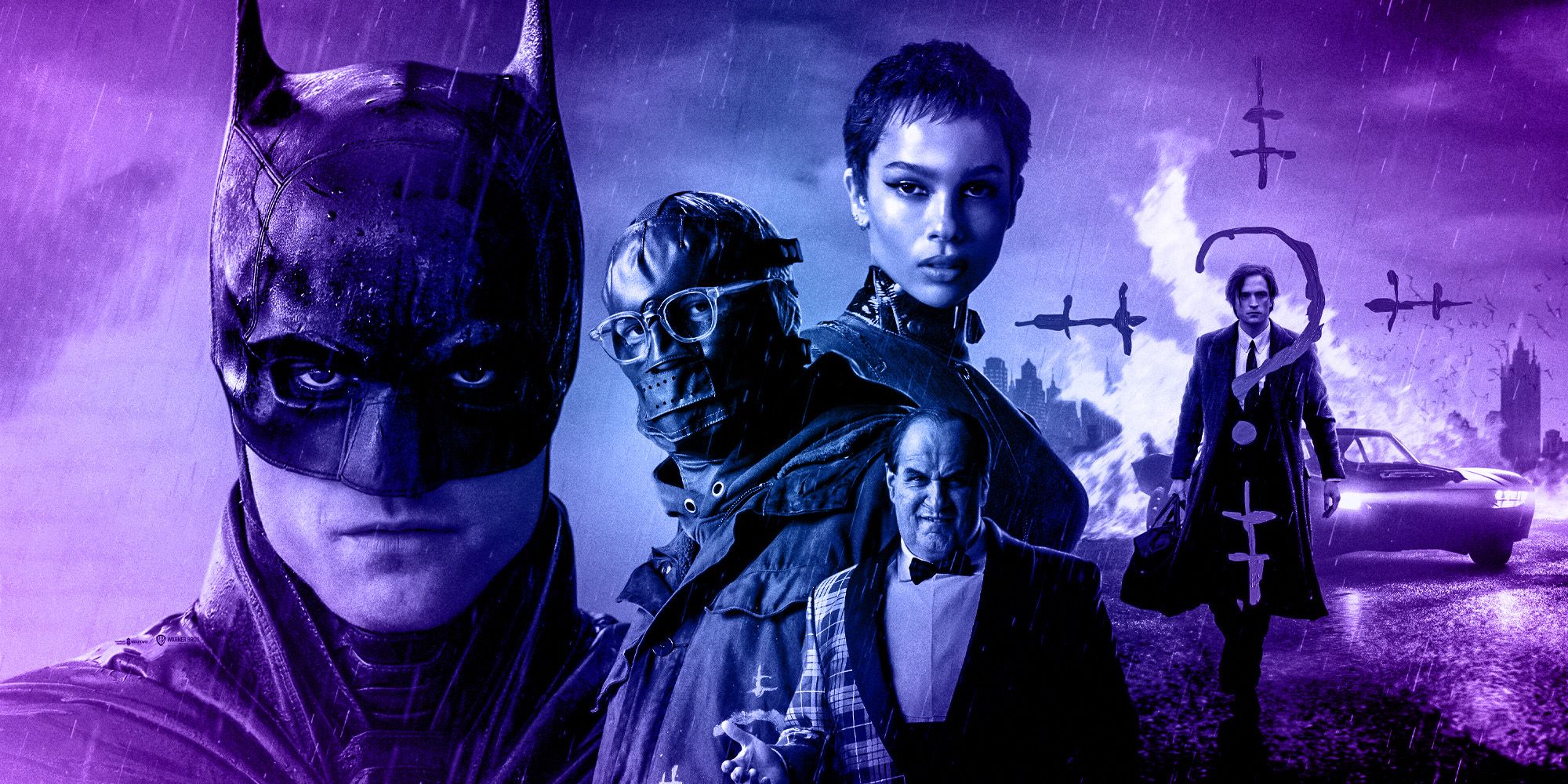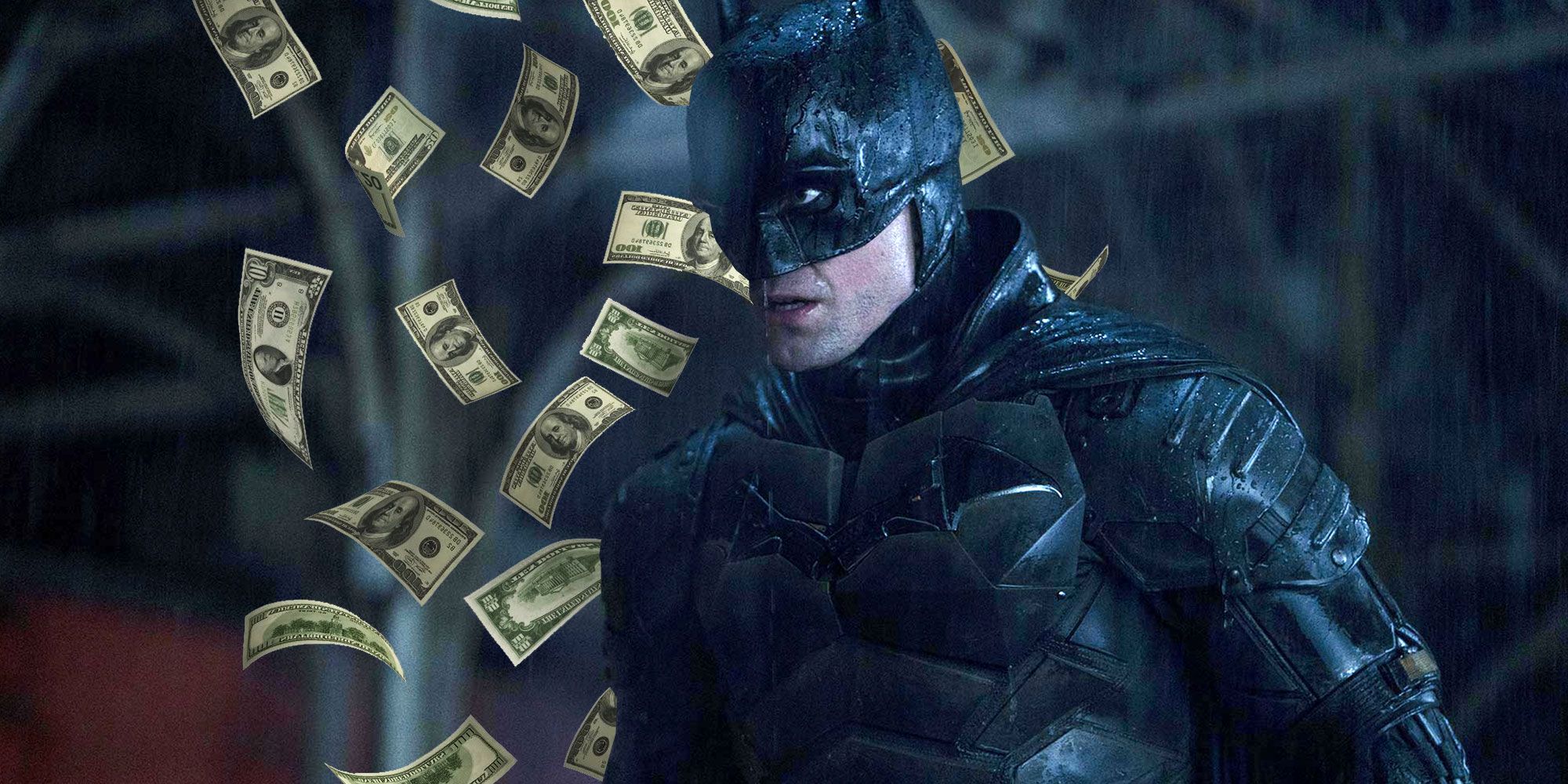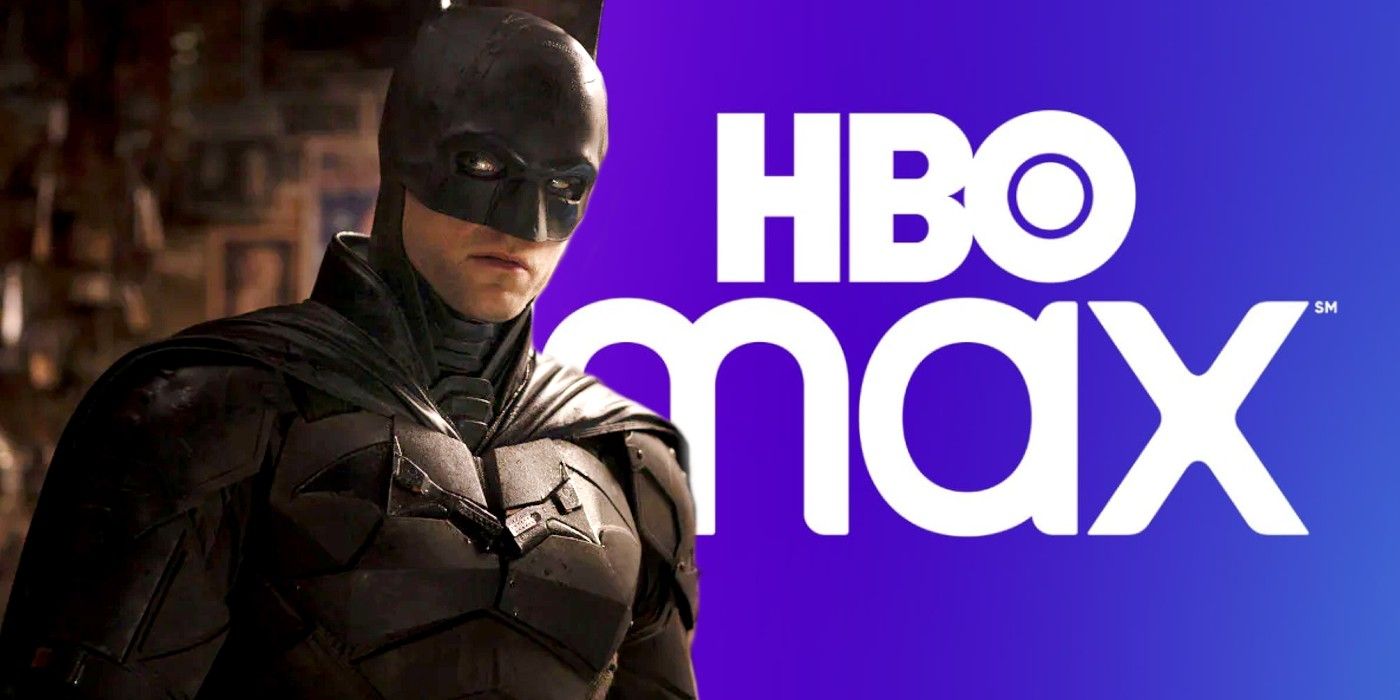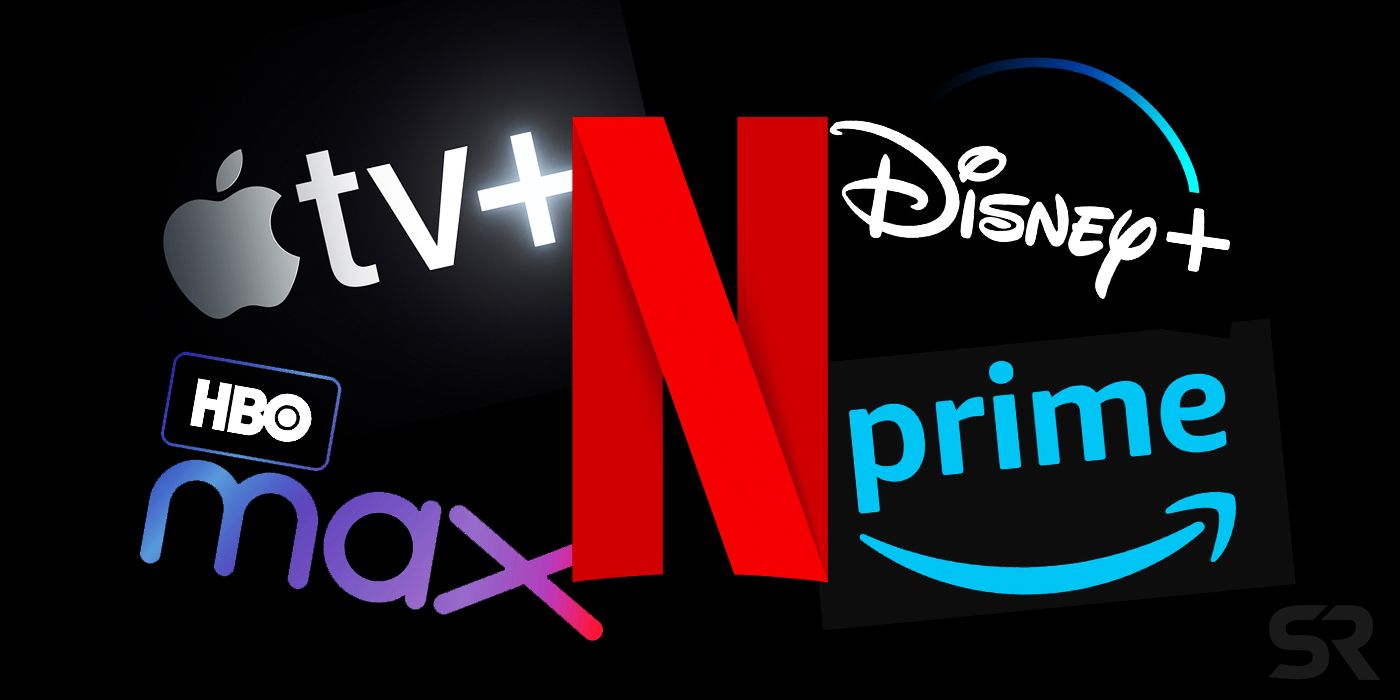The Batman Makes Box Office & Streaming Comparisons Entirely Pointless

The pandemic's effect on the theatrical box office and streaming platforms changed the way box office and streaming data is viewed, but The Batman's release made it so those numbers can't be used to compare movie performance anymore. The movie industry is changing in many ways, and thanks to a few of those changes, it's harder than ever to understand how movies are performing commercially.
The Batman is hardly the first big movie to see a unique release plan since the COVID 19 pandemic, but its particular distribution model coupled with its seemingly huge performance at both the box office and on HBO Max just 45 days after hitting the big screen, it proves a mixed model will work. Unfortunately, the precedent set by The Batman's success will likely cause a trend that effectively scrambles the longest trusted indicators of a movie's financial impact.
Historical movie box office data goes back as old as the early 20th century, and while changes in market size, increases in ticket prices, inflation, and other factors make comparison across time tricky, box office data was still used as a rough rule of thumb for measuring a movie's theatrical performance. The emergence of streaming platforms also makes movie performance hard to measure because, while more data about audience behavior is available than ever before, it's hard to know for sure what any of it means since it's all private info selectively released by the streaming platforms.

Differences in the post-pandemic box office make it hard to compare a movie's performance against movies from before the temporary shut down of most of the theatrical inustry. Even movies being released alongside each other in theaters are hard to compare, with some movies earning way lower than the pre-pandemic market would have anticipated, while others see huge hauls comparable to pre-pandemic numbers. Tentpole movies have absorbed an even larger share of the box office, and effect that will be exascerbated by variable ticket pricing.
Ticket prices have always varied based on factors like location, format, time of day, or day of the week, but traditionally all movies followed the same rules, something that changed for The Batman, with AMC charging a premium for the movie compared to other movies out at the time. Variable pricing is an interesting opportunity the industry is sure to explore more as it continues to adapt to the post-pandemic box office and while the strategy could be a great way to increase the box office haul for the year's biggest movies, the inconsistent pricing standards from movie to movie also serves to further erode a sense of parity between releases if the movie's success is measured in dollars.

Warner Bros. made the controversial day-and-date decision to release every movie in its 2021 lineup on HBO Max the same day they hit theaters, proving in many cases movies could still earn hundreds of millions at the box office and make big streaming splashes at the same time. The day-and-date model may not be in use anymore, but The Batman's shortened 45-day theatrical exclusive proved there's still a lot of flexibility in both the theatrical distribution models.
The Batman opened exclusively in theaters with an opening weekend box office draw of 134 million, earning over $750 million before its release on HBO Max after 45 days, and despite the streaming delay compared to last year's WB's movies, it still outperformed many 2021's day-and-date releases. While The Batman surely would have earned more at the box office with a longer exclusive window, streaming revenue has a much higher profit margin and any residual growth to HBO Max's subscriber base resulting from The Batman's early availability is much more valuable than the one-time hit of additional ticket sales.
Consequently, both The Batman's box office haul and its streaming performance lacks parity with both pre-pandemic and post-pandemic movies. Warner Bros. Discovery is more than happy with the movie's success in both release avenues, but the shifting release model means The Batman, and any future releases, can't rely on traditional market analysis. Of course, a movie's popularity and commercial performance are unrelated to is critical reception, entertainment value, and artistic merit, but box office and streaming performance analysis has always made up a significant portion of the dialogue surrounding a movie after its release. Moving forward, audiences and analysts will either need to find new points of comparison to evaluate a movie's performance or, ideally, the typical post-release discourse for future movies will inspire more nuanced discussions about the filmmaking craft and creative decisions, although that may just be too much wishful thinking.

The root problem with efforts to measure streaming data compared to box office data is they're fundamentally measuring two different things. Box Office data is driven by ticket sales, but the measurement is in dollars of revenue generated, which if often leveraged against a movie's reported budget to determine its level of financial success. With streaming data, the numbers usually either represent the total number of streams or the number of households that streamed the movie, which isn't directly comparable to ticket sales or revenue since the pricing and profit mechanics are entirely different.
Even if there were uniformity for the whole industry with 45-day windows followed by streaming releases on the relevant streaming services, the results would be incomparable because there's too many variables at play to have any sense of parity. There are no metrics that can be compared between streaming services because unlike the theatrical market, which includes everyone within driving distance of a movie theater, streaming service subscriber bases are totally separate with totally different libraries, so even measuring viewership as a percentage of subscribers isn't fair because there's no parity between the competitive alternatives on each service, but even if there were, it's not hurting the streamer because the customer is still paying for and using their service.
While all movies used to go through the same theatrical distribution pipeline, creating some level of parity (despite vast differences like release dates, competition, and other factors), that's no longer the case, meaning any analysis of a movie's performance has to be more nuanced and contextually aware instead of simply comparing hard numbers, presuming numbers in the same data set are even available in the same format from any two streaming services. While The Batman spearheading the breakdown in the process many people have always relied on to evaluate or compare a movie's performance, hopefully, it will give way to more honest and nuanced discussions about the sentiment surrounding a movie and the place it holds in the zeitgeist instead of simplifying its relevance to a box office gross.
from ScreenRant - Feed https://ift.tt/ViCJ1jA
via Whole story

Post a Comment